Author: Marshall Schott
Self described yeast wrangler, Jeff Mello, and I first met at the 2016 Homebrew Con in Baltimore, MD during the Milk The Funk meet-up. I’d heard of him before and knew he was behind Bootleg Biology, a unique yeast lab known for culturing locally sourced microbes for use in the production of beer, primarily of the funky, sour, and Saison sort. After discussing some of the more surprising exBEERiment results, Jeff shared with me some of his plans for Bootleg Biology including the upcoming release of the Mad Fermentationist Saison blend, which they were collaborating with Michael Tonsmeire on.
Cut to a year later, Jeff and I were hanging out at the 2017 Homebrew Con in Minneapolis, MN and the idea of a similar collaboration with Brülosophy came up. Over the following months, we discussed ideas for what type of yeast would best represent Brülosophy. At one point, I mentioned that my ideal yeast would be supremely versatile, capable of fermenting clean cool fermented lagers as well as warm fermented ales. Jeff and his crew set to the task of developing a blend they thought would hit this mark and eventually contacted me to say they’d come up with something special, a blend that would work great in myriad clean styles.
We discussed ideas for testing the Brülosophy Blend out and figured the best option, given its versatile nature, would be to have each contributor brew a different style then have tasters evaluate the beers. Of course, I didn’t want them to be too biased, so I told them we’d all be receiving different yeasts and that we’d rely on the data to determine which one to go with.
Sorry, guys, I did it for science.
In total, 6 of us brewed different beer styles generally accepted to be clean. When they were ready, we had tasters who were made only aware of the intended style evaluate them. What follows are some details of each beer brewed, survey results, and the brewer’s personal impressions.
New England IPA | Brian Hall
Recipe Details
| Batch Size | Boil Time | IBU | SRM | Est. OG | Est. FG | ABV |
|---|---|---|---|---|---|---|
| 5.5 gal | 60 min | 68.8 IBUs | 3.5 SRM | 1.053 | 1.013 | 5.2 % |
| Actuals | 1.053 | 1.013 | 5.2 % | |||
Fermentables
| Name | Amount | % |
|---|---|---|
| Pale Malt (2 Row) US | 8 lbs | 72.73 |
| Wheat, Flaked | 3 lbs | 27.27 |
Hops
| Name | Amount | Time | Use | Form | Alpha % |
|---|---|---|---|---|---|
| Warrior | 9 g | 60 min | Boil | Pellet | 14.3 |
| El Dorado | 30 g | 5 min | Boil | Pellet | 14.3 |
| Citra | 25 g | 5 min | Boil | Pellet | 12 |
| Centennial | 20 g | 5 min | Boil | Pellet | 10.6 |
| Citra | 30 g | 20 min | Aroma | Pellet | 12 |
| Centennial | 20 g | 20 min | Aroma | Pellet | 10.6 |
| El Dorado | 20 g | 20 min | Aroma | Pellet | 14.3 |
| El Dorado | 30 g | 3 days | Dry Hop | Pellet | 14.3 |
| Centennial | 27 g | 3 days | Dry Hop | Pellet | 10.6 |
| Citra | 27 g | 3 days | Dry Hop | Pellet | 12 |
| Lemondrop | 44 g | 2 days | Dry Hop | Pellet | 6 |
| Centennial | 34 g | 2 days | Dry Hop | Pellet | 10.6 |
| Citra | 34 g | 2 days | Dry Hop | Pellet | 12 |
Yeast
| Name | Lab | Attenuation | Temperature |
|---|---|---|---|
| Brülosophy Blend | Bootleg Biology | 73% | 46°F - 70°F |
Notes
| Water Profile: Ca 126 | Mg 0 | Na 0 | SO4 118 | Cl 135 |
Download
| Download this recipe's BeerXML file |
Tasters were asked to rate how hoppy, malty, and dry the beer was on a 0 to 5 scale where 0 meant “not at all” and 5 meant “extremely.”
Provided a list of common hop, malt, and yeast/fermentation descriptors, tasters were then instructed to select the one they perceived as being strongest in the beer for each ingredient.
Next, tasters were asked whether they perceived any off-flavors in the beer and, if so, to identify the off-flavors detected. In total, 6 of the 24 participants who evaluated Brian’s NEIPA reported detecting the following off-flavors.
Participants then rated the degree to which they felt the beer matched the intended style on a 0 to 5 scale.
Finally, tasters were asked to rate how much they enjoyed the beer on a 0 to 5 scale.
Brian’s Impressions: The NEIPA I brewed for this project was solid, albeit a bit cleaner and crisper than I generally perceive versions made using common NEIPA yeast strains like Imperial Yeast’s A38 Juice. However, looking at the data, I’m not convinced a blind panel of tasters would be able to tell a difference. While the beer fermented with the Brülosophy Blend definitely came out much clearer than most of the NEIPA I brew, it did maintain some haze, which I tend to think was due to the huge hopping rate. Furthermore, whereas I tend to get a character from NEIPA fermented with other common strains that’s more yeast-hop balanced, this particular beer really showcased the hops, another indication of the overall clean nature of the Brülosophy Blend.
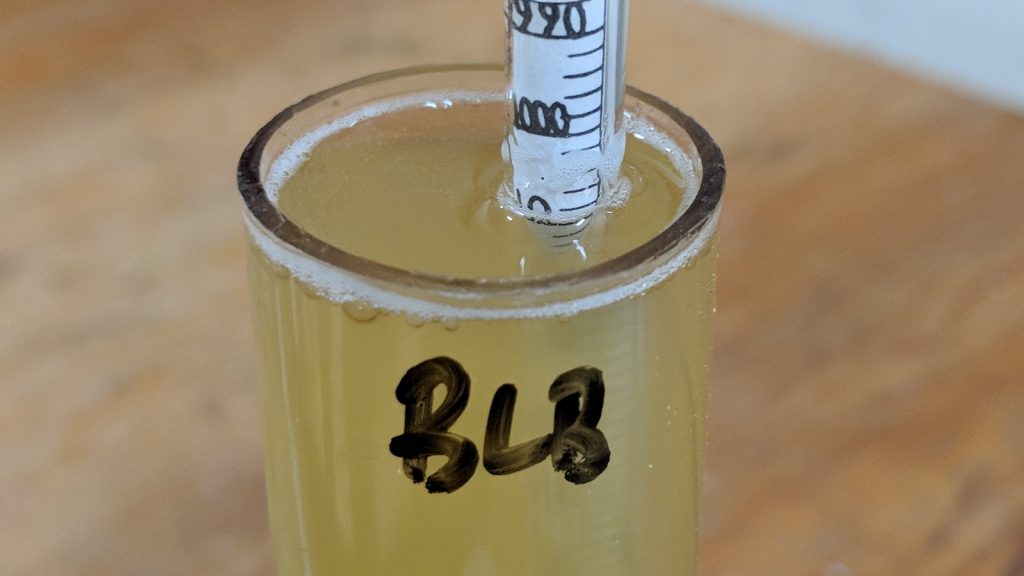
British Brown Ale | Jason Cipriani
Recipe Details
| Batch Size | Boil Time | IBU | SRM | Est. OG | Est. FG | ABV |
|---|---|---|---|---|---|---|
| 5.5 gal | 60 min | 17.6 IBUs | 22.5 SRM | 1.054 | 1.014 | 5.3 % |
| Actuals | 1.054 | 1.008 | 6.0 % | |||
Fermentables
| Name | Amount | % |
|---|---|---|
| Pale Malt, Maris Otter | 8 lbs | 84.21 |
| Biscuit Malt | 6 oz | 3.95 |
| Chocolate Malt | 6 oz | 3.95 |
| Special B Malt | 6 oz | 3.95 |
| Special Roast | 6 oz | 3.95 |
Hops
| Name | Amount | Time | Use | Form | Alpha % |
|---|---|---|---|---|---|
| Styrian Goldings | 43 g | 60 min | Boil | Pellet | 3.2 |
Yeast
| Name | Lab | Attenuation | Temperature |
|---|---|---|---|
| Brülosophy Blend | Bootleg Biology | 73% | 46°F - 70°F |
Notes
| Water Profile: Brown Balanced in Bru’n Water Spreadsheet |
Download
| Download this recipe's BeerXML file |
Tasters were asked to rate how hoppy, malty, and dry the beer was on a 0 to 5 scale where 0 meant “not at all” and 5 meant “extremely.”
Provided a list of common hop, malt, and yeast/fermentation descriptors, tasters were then instructed to select the one they perceived as being strongest in the beer for each ingredient.
Next, tasters were asked whether they perceived any off-flavors in the beer and, if so, to identify the off-flavors detected. Not a single participant noted any off-flavors in Jason’s Brown Ale.
Participants then rated the degree to which they felt the beer matched the intended style on a 0 to 5 scale.
Finally, tasters were asked to rate how much they enjoyed the beer on a 0 to 5 scale.
Jason’s Impressions: When it was settled that I’d be brewing a Brown Ale for this Brülosophy Blend beer, I knew exactly what recipe to go with, one I’ve brewed many times in the past using the popular Fullers yeast strain. I was surprised to find the beer fermented with the Brülosophy Blend had a much cleaner flavor profile that seemed to accentuate the roasted malt character compared to the original recipe. In the end, both my wife and I actually preferred this version of my Brown Ale over the original, I’m excited to see how the Brülosophy Blend does in other tried-and-true recipes of mine!
American Porter | Matt Del Fiacco
Recipe Details
| Batch Size | Boil Time | IBU | SRM | Est. OG | Est. FG | ABV |
|---|---|---|---|---|---|---|
| 5 gal | 60 min | 40.9 IBUs | 36.4 SRM | 1.058 | 1.018 | 5.4 % |
| Actuals | 1.058 | 1.019 | 5.1 % | |||
Fermentables
| Name | Amount | % |
|---|---|---|
| Swaen©Ale | 10.625 lbs | 86.73 |
| Crystal, Medium (Simpsons) | 10 oz | 5.1 |
| Black (Patent) Malt | 8 oz | 4.08 |
| Pale Chocolate Malt | 8 oz | 4.08 |
Hops
| Name | Amount | Time | Use | Form | Alpha % |
|---|---|---|---|---|---|
| Magnum | 19.8 g | 60 min | Boil | Pellet | 12 |
| Cascade | 29 g | 15 min | Boil | Pellet | 5.5 |
Yeast
| Name | Lab | Attenuation | Temperature |
|---|---|---|---|
| Brülosophy Blend | Bootleg Biology | 73% | 46°F - 70°F |
Notes
| Water Profile: Ca 50 | Mg 5 | Na 8 | SO4 36 | Cl 80 |
Download
| Download this recipe's BeerXML file |
Tasters were asked to rate how hoppy, malty, and dry the beer was on a 0 to 5 scale where 0 meant “not at all” and 5 meant “extremely.”
Provided a list of common hop, malt, and yeast/fermentation descriptors, tasters were then instructed to select the one they perceived as being strongest in the beer for each ingredient.
Next, tasters were asked whether they perceived any off-flavors in the beer and, if so, to identify the off-flavors detected. In total, 3 of the 15 participants who evaluated Matt’s American Porter reported detecting the same oxidation off-flavor.
Participants then rated the degree to which they felt the beer matched the intended style on a 0 to 5 scale.
Finally, tasters were asked to rate how much they enjoyed the beer on a 0 to 5 scale.
Matt’s Impressions: I really enjoyed this American Porter! It poured almost black with ruby highlights. In the aroma I mostly perceived a smooth roast character with small amounts of chocolate and sweetness, less caramel than I had hoped, but good nonetheless. The flavor was marked by more of that caramel sweetness I was aiming for but with none of the chocolate notes I enjoyed in the aroma. At 1.019 FG, this Porter had a full body that I really enjoyed, though it may have been a bit too sweet for some palates. Having mashed as warm as I did (156°F/69°C), the attenuation isn’t very surprising, and in future batches fermented with the Brülosophy Blend, I’ll bring the mash temperature down a bit. Regardless, the beer was clean and smooth with all the characteristics I expect in an American Porter, I had no problems drinking it all up!
Hoppy Blonde Ale | Ray Found
Recipe Details
| Batch Size | Boil Time | IBU | SRM | Est. OG | Est. FG | ABV |
|---|---|---|---|---|---|---|
| 5.5 gal | 60 min | 55.7 IBUs | 5.8 SRM | 1.049 | 1.012 | 4.8 % |
| Actuals | 1.049 | 1.012 | 4.8 % | |||
Fermentables
| Name | Amount | % |
|---|---|---|
| Pale Ale Malt, Northwestern (Great Western) | 9.75 lbs | 98.73 |
| Honey Malt | 2 oz | 1.27 |
Hops
| Name | Amount | Time | Use | Form | Alpha % |
|---|---|---|---|---|---|
| Magnum | 6 g | 60 min | Boil | Pellet | 12.1 |
| Citra | 30 g | 20 min | Boil | Pellet | 12 |
| Amarillo | 40 g | 5 min | Boil | Pellet | 8.5 |
| Citra | 40 g | 5 min | Boil | Pellet | 12 |
Yeast
| Name | Lab | Attenuation | Temperature |
|---|---|---|---|
| Brülosophy Blend | Bootleg Biology | 73% | 46°F - 70°F |
Notes
| Water Profile: Yellow Bitter in Bru’n Water Spreadsheet |
Download
| Download this recipe's BeerXML file |
Tasters were asked to rate how hoppy, malty, and dry the beer was on a 0 to 5 scale where 0 meant “not at all” and 5 meant “extremely.”
Provided a list of common hop, malt, and yeast/fermentation descriptors, tasters were then instructed to select the one they perceived as being strongest in the beer for each ingredient.
Next, tasters were asked whether they perceived any off-flavors in the beer and, if so, to identify the off-flavors detected. In total, only 1 of the 8 participants who evaluated Ray’s Hoppy Blonde Ale reported detecting an acetaldehyde off-flavor.
Participants then rated the degree to which they felt the beer matched the intended style on a 0 to 5 scale.
Finally, tasters were asked to rate how much they enjoyed the beer on a 0 to 5 scale.
Ray’s Impressions: I make this Hoppy Blonde Ale quite frequently as it is easy to drink, light, refreshing, and works as well while working in the yard or garage as it does alongside a hearty meal. The combination of Citra and Amarillo hops lends a distinctly fruity character, coupled with a balanced hoppy finish. Even without a dry hop, the beer is quite aromatic and has been nicknamed “Six Pint Citramarillo” because if you open the tap just once, you’re coming back at least 5 more times. I perceived this particular version fermented with Bootleg’s Brülosophy Blend as being a bit crisper and drier than previous batches fermented with San Diego Super Yeast, almost like a Kölsch or an Altbier but with the fruity American hop character. This crispness seemed to bring out a slightly sharper bitterness, which certainly wasn’t unpleasant, though it’s something I’ll take into consideration when using the Brülosophy Blend in the future.
German Pilsner – Cool Ferment | Jake Huolihan
Recipe Details
| Batch Size | Boil Time | IBU | SRM | Est. OG | Est. FG | ABV |
|---|---|---|---|---|---|---|
| 5.5 gal | 60 min | 36.7 IBUs | 3.6 SRM | 1.052 | 1.014 | 5.0 % |
| Actuals | 1.052 | 1.014 | 5.0 % | |||
Fermentables
| Name | Amount | % |
|---|---|---|
| Weyermann Pilsner Malt | 9.75 lbs | 81.25 |
| Carafoam | 1.25 lbs | 10.42 |
| Acid Malt | 1 lbs | 8.33 |
Hops
| Name | Amount | Time | Use | Form | Alpha % |
|---|---|---|---|---|---|
| Saaz | 45 g | 60 min | Boil | Pellet | 1.4 |
| Hallertau Magnum | 15 g | 60 min | Boil | Pellet | 14 |
| Saaz | 35 g | 20 min | Boil | Pellet | 1.4 |
Yeast
| Name | Lab | Attenuation | Temperature |
|---|---|---|---|
| Brülosophy Blend | Bootleg Biology | 73% | 46°F - 70°F |
Notes
| Water Profile: Ca 54 | Mg 2 | Na 46 | SO4 45 | Cl 55 |
Download
| Download this recipe's BeerXML file |
Tasters were asked to rate how hoppy, malty, and dry the beer was on a 0 to 5 scale where 0 meant “not at all” and 5 meant “extremely.”
Provided a list of common hop, malt, and yeast/fermentation descriptors, tasters were then instructed to select the one they perceived as being strongest in the beer for each ingredient.
Next, tasters were asked whether they perceived any off-flavors in the beer and, if so, to identify the off-flavors detected. Of the 22 participants who evaluated Jake’s cool fermented German Pilsner, 1 reported perceiving astringent and metallic off-flavors while another taster reported detecting diacetyl.
Participants then rated the degree to which they felt the beer matched the intended style on a 0 to 5 scale.
Finally, tasters were asked to rate how much they enjoyed the beer on a 0 to 5 scale.
Jake’s Impressions: The traditional German Pilsner I fermented with the Brülosophy Blend tasted very much like the Pilsners I’ve made using single strain lager yeasts. I perceived a floral and fruity hoppiness, which I’ve come to associate with the character I get out of Czech Saaz, balanced well by a crackery malt flavor. While the yeast blend got out of the way enough to let the other ingredients shine, nothing in the beer was overpowering, exactly how I expect a deliciously clean and crisp German Pilsner to be. Moreover, not knowing the origin of the yeasts in the Brülosophy Blend left me a little anxious about how it might perform at the cooler fermentation temperature, but ultimately it did just as well as other lager strains I’ve used. Exciting stuff!
German Pilsner – Warm Ferment | Marshall Schott
Recipe Details
| Batch Size | Boil Time | IBU | SRM | Est. OG | Est. FG | ABV |
|---|---|---|---|---|---|---|
| 5.5 gal | 60 min | 32.7 IBUs | 4.5 SRM | 1.049 | 1.013 | 4.6 % |
| Actuals | 1.049 | 1.01 | 5.1 % | |||
Fermentables
| Name | Amount | % |
|---|---|---|
| Lager Malt (Muntons) | 9.5 lbs | 95 |
| Vienna Malt | 8 oz | 5 |
Hops
| Name | Amount | Time | Use | Form | Alpha % |
|---|---|---|---|---|---|
| Magnum | 11 g | 60 min | First Wort | Pellet | 11.2 |
| Perle | 11 g | 25 min | Boil | Pellet | 8 |
| Hallertauer Mittelfrueh | 80 g | 10 min | Boil | Pellet | 2.4 |
Yeast
| Name | Lab | Attenuation | Temperature |
|---|---|---|---|
| Brülosophy Blend | Bootleg Biology | 73% | 46°F - 70°F |
Notes
| Water Profile: Ca 70 | Mg 1 | Na 10 | SO4 84 | Cl 62 |
Download
| Download this recipe's BeerXML file |
Tasters were asked to rate how hoppy, malty, and dry the beer was on a 0 to 5 scale where 0 meant “not at all” and 5 meant “extremely.”
Provided a list of common hop, malt, and yeast/fermentation descriptors, tasters were then instructed to select the one they perceived as being strongest in the beer for each ingredient.
Next, tasters were asked whether they perceived any off-flavors in the beer and, if so, to identify the off-flavors detected. Not a single participant noted any off-flavors in my warm fermented German Pilsner.
Participants then rated the degree to which they felt the beer matched the intended style on a 0 to 5 scale.
Finally, tasters were asked to rate how much they enjoyed the beer on a 0 to 5 scale.
Marshall’s Impressions: I make a lot of German Pilsner, it’s one of my favorite styles, and over the years I’ve used a wide variety of yeasts to produce some pretty tasty examples. This particular version fermented with the Brülosophy Blend at ale temperature had all the character I expect from a good German Pilsner– light crackery malt flavor with a floral and spicy noble hop character that goes down super easy. I loved this beer and had difficulty keeping my hands off of it before I was finished collecting data. My good friend, Tim, who drinks every beer I brew, told me this might be his favorite so far, and the comments from participants were also very positive. As far as fermentation performance, the yeast acted exactly like all of my ale fermentations in that it took off quickly, finished quickly, and was ready to keg within a couple weeks. One thing I did notice is that the beer maintained a very slight haze despite fining with gelatin, nothing terrible, just not as clear as commercial filtered examples. Meh, the flavor more than made up for this!
| CONCLUSIONS |
I think it’s fair to say we accomplished our goal of producing a yeast blend that can successfully be used to ferment a variety of clean beer styles of high quality. Our lack of awareness about the source of the yeasts used in the Brülosophy Blend not only made this project exciting for us as brewers, who are usually much more informed of what’s going on, but I like to think it also reduced our bias when evaluating the beers ourselves.
For those interested in trying the Brülosophy Blend, it is available to pre-order on the Bootleg Biology website through March 11, after which it won’t be around again until their next run.
Based on our collective experiences with the Brülosophy Blend, we compiled a list of thoughts and tips we thought might be helpful to other users of this yeast:
- It seems to attenuate fairly well, particularly with simple grists mashed at the lower end of the temperature range, thus brewers may wish to mash a little higher in such situations.
- Perhaps due in part to the higher attenuation, the bitterness in beers fermented with the Brülosophy Blend may be accentuated a bit more than with other strains. While perfectly appropriate for some styles, others may benefit from a simple adjustment to the bittering hop addition.
- Given how generally clean the blend ferments, it seems unlikely to contribute much in the way of any other character, allowing the malt and hops to be more pronounced. Consider this when using using the Brülosophy Blend for styles known for having some yeast character such as English ale, perhaps adjusting for the expected esters with hops. This blend is not recommended for styles with high yeast character such as Hefeweizen, Witbier, and Saison.
- When using this blend for hazy NEIPA, it does seem to drop clearer than other strains typically used for this style, thus if appearance is what your after, other adjustments may need to be made. That said, the overall flocculation of the blend seems to fit in the medium range, so the use of fining agents such as Whirlfloc and gelatin may assist in beer clarity.
All in all, we’re really excited about the Brülosophy Blend and look forward to hearing how others experience this uniquely versatile blend in their brewing!
If you have any thoughts or questions about the Brülosophy Blend, please do not hesitate to leave them in the comments section below!
Support Brülosophy In Style!
All designs are available in various colors and sizes on Amazon!
Follow Brülosophy on:
FACEBOOK | TWITTER | INSTAGRAM
If you enjoy this stuff and feel compelled to support Brulosophy.com, please check out the Support page for details on how you can very easily do so. Thanks!

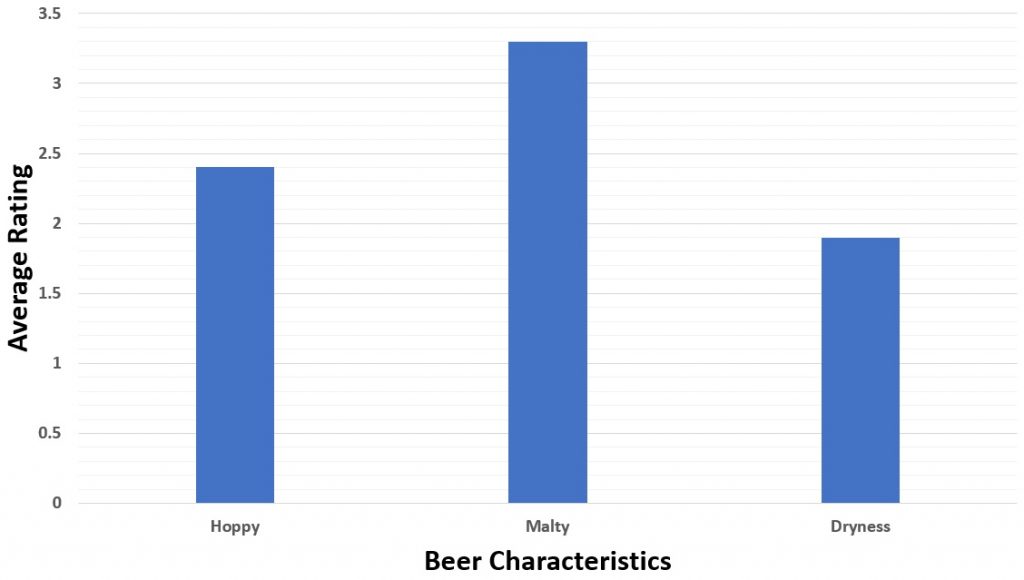
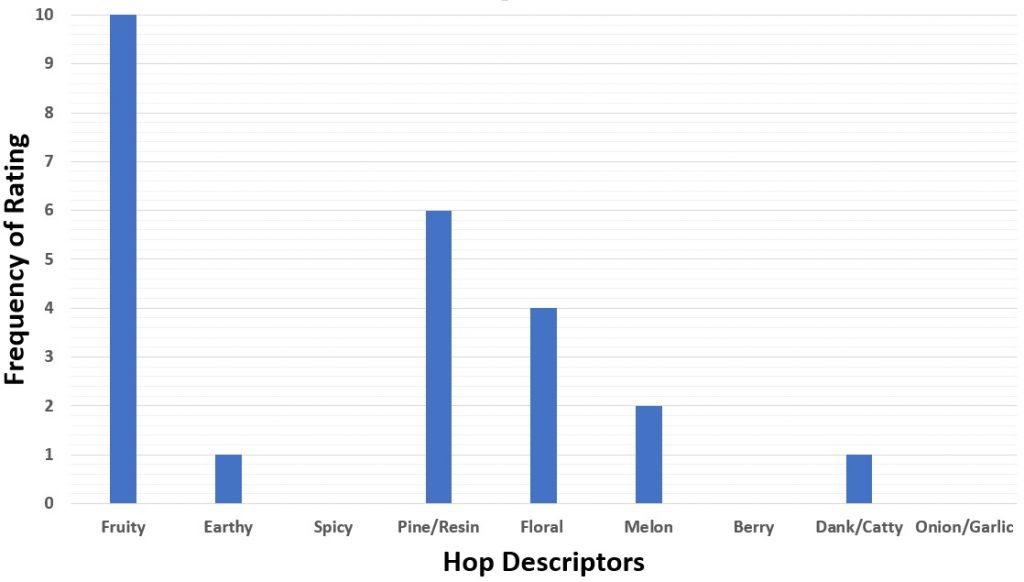
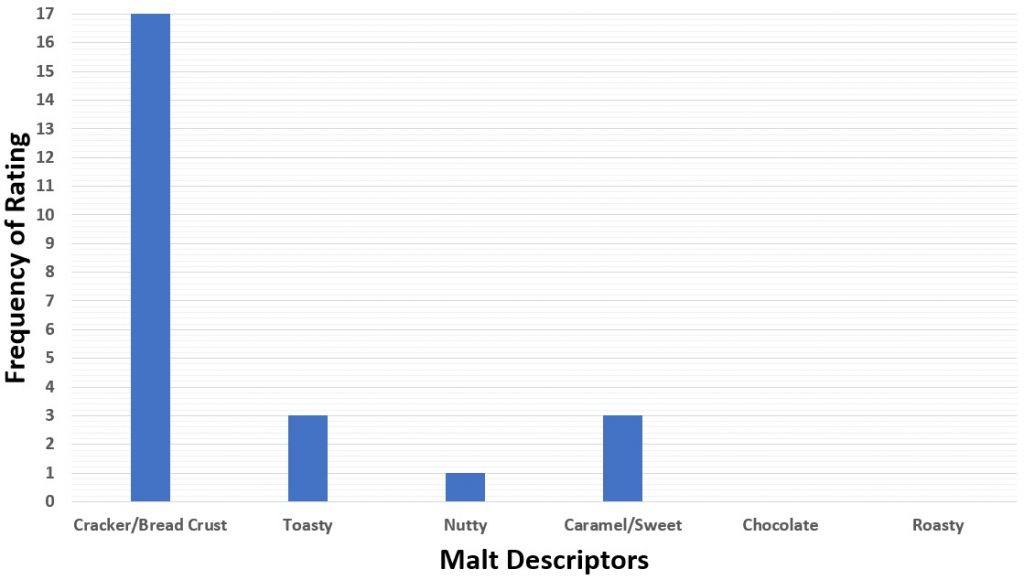
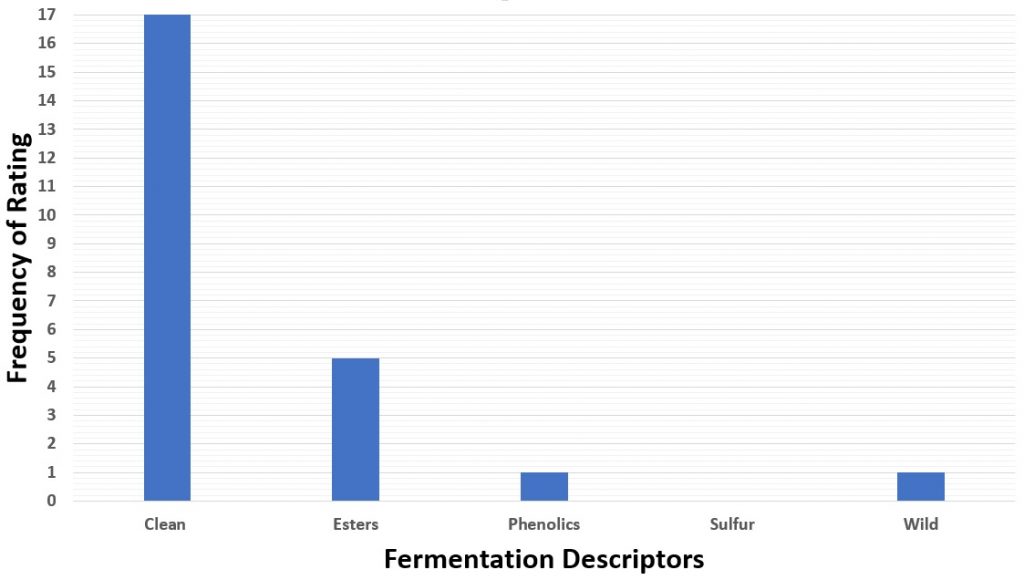
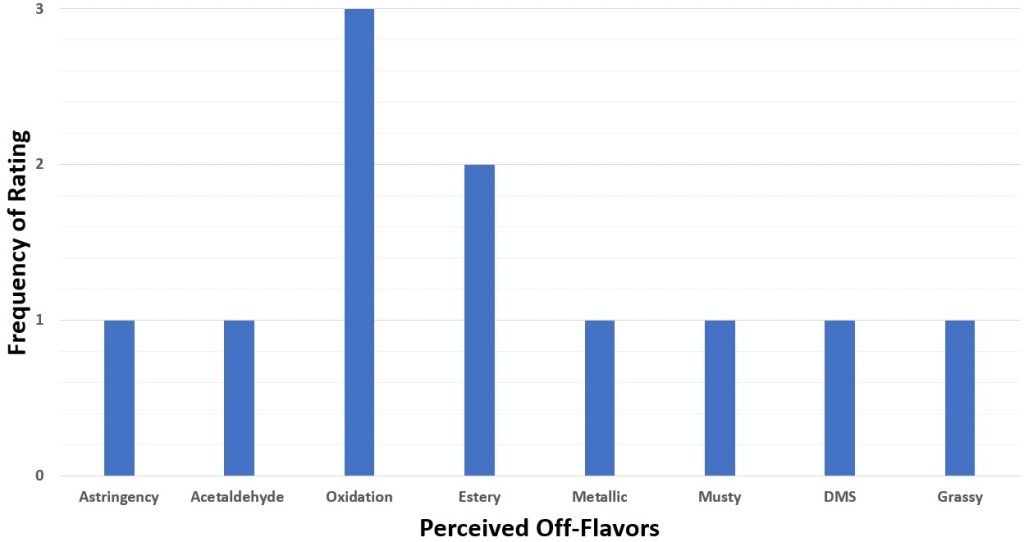
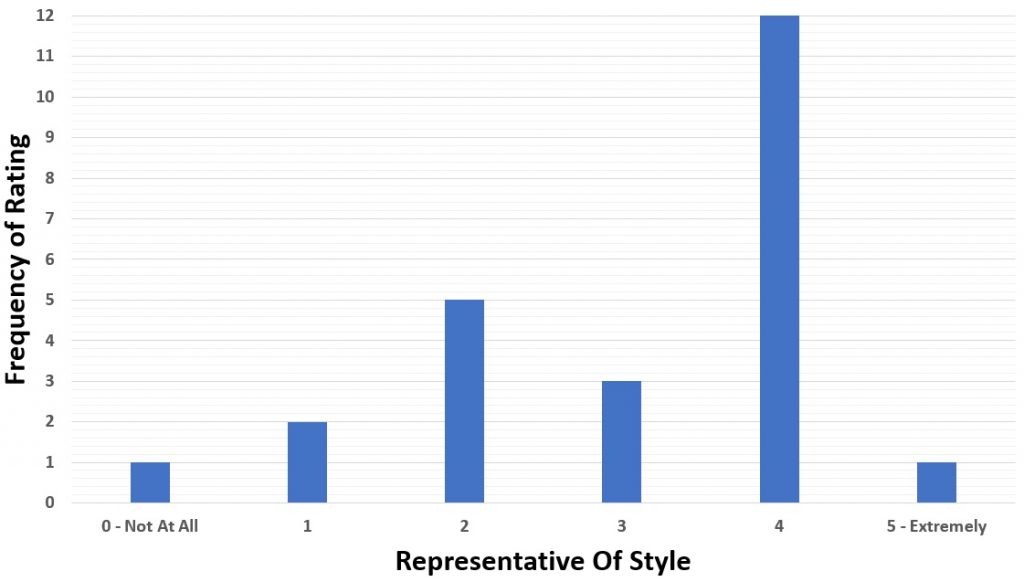
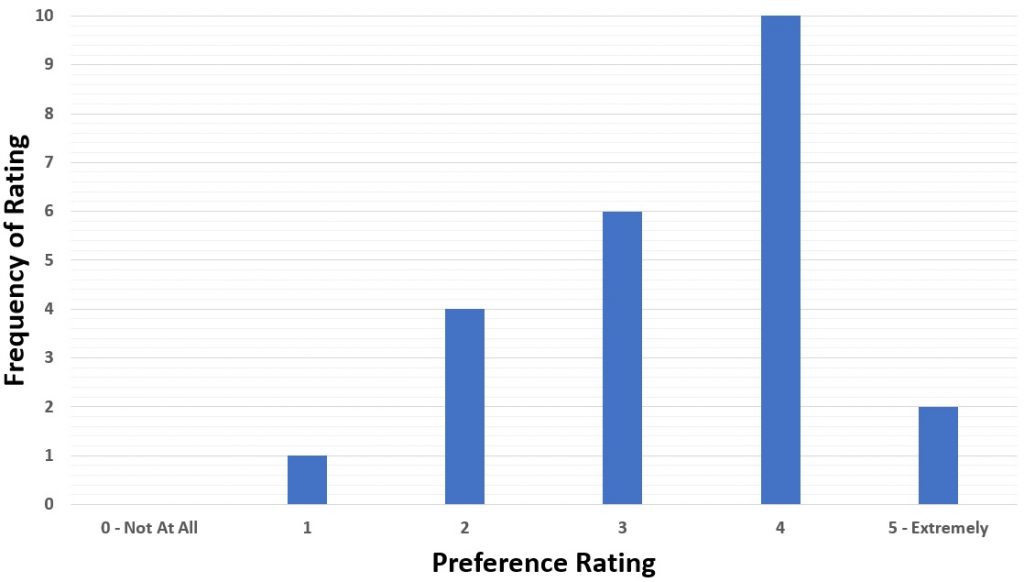
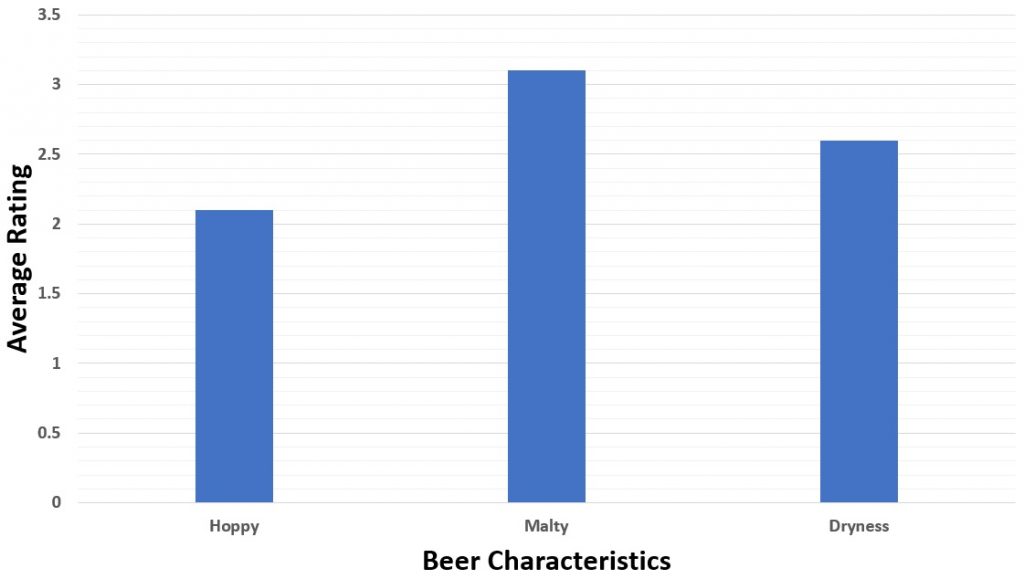
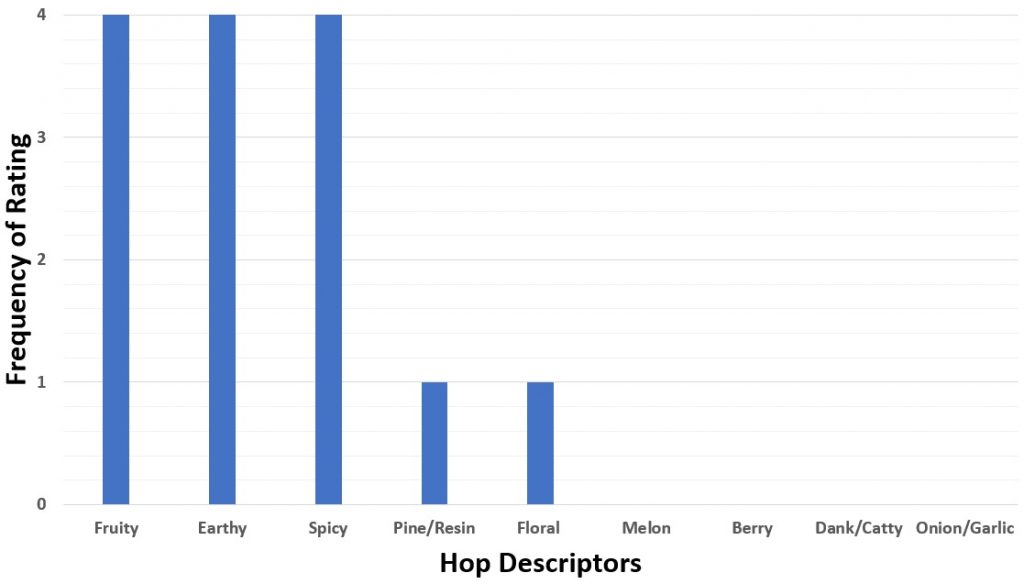
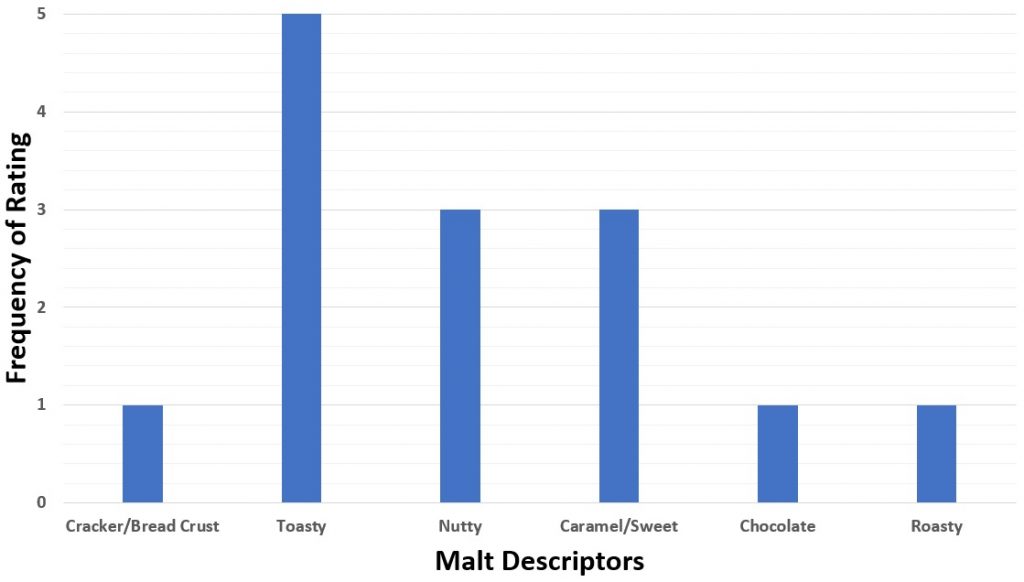
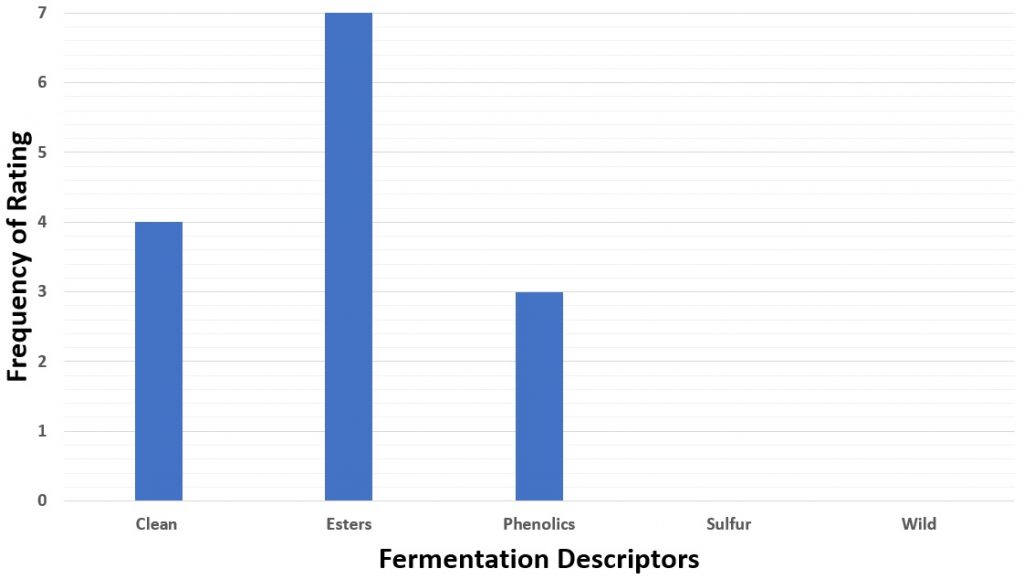
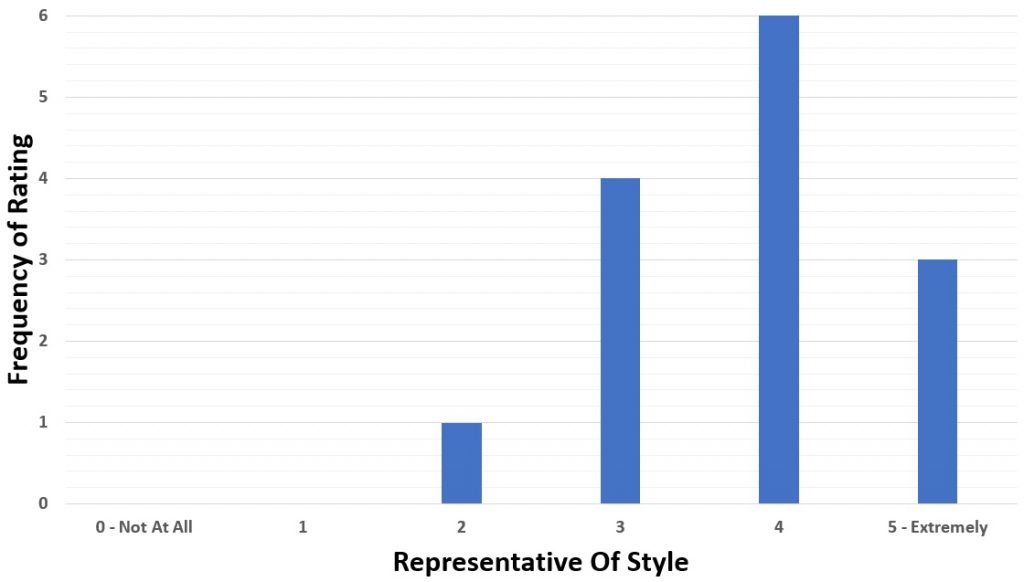
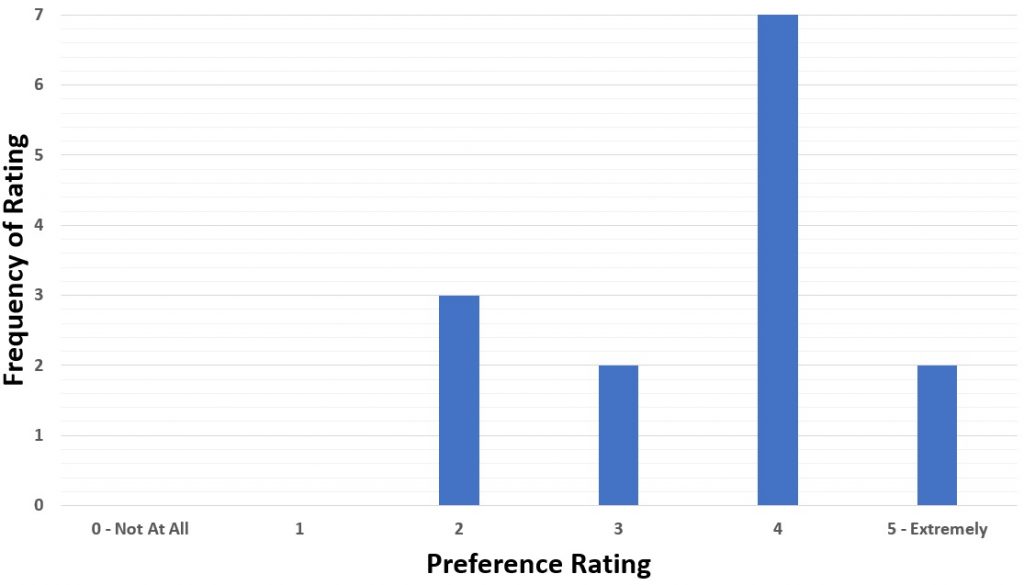
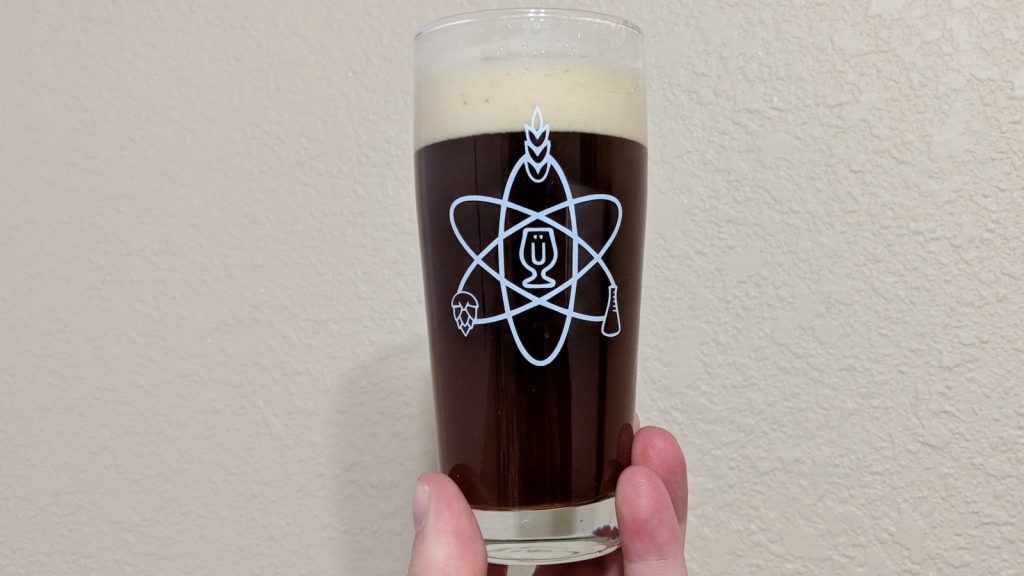
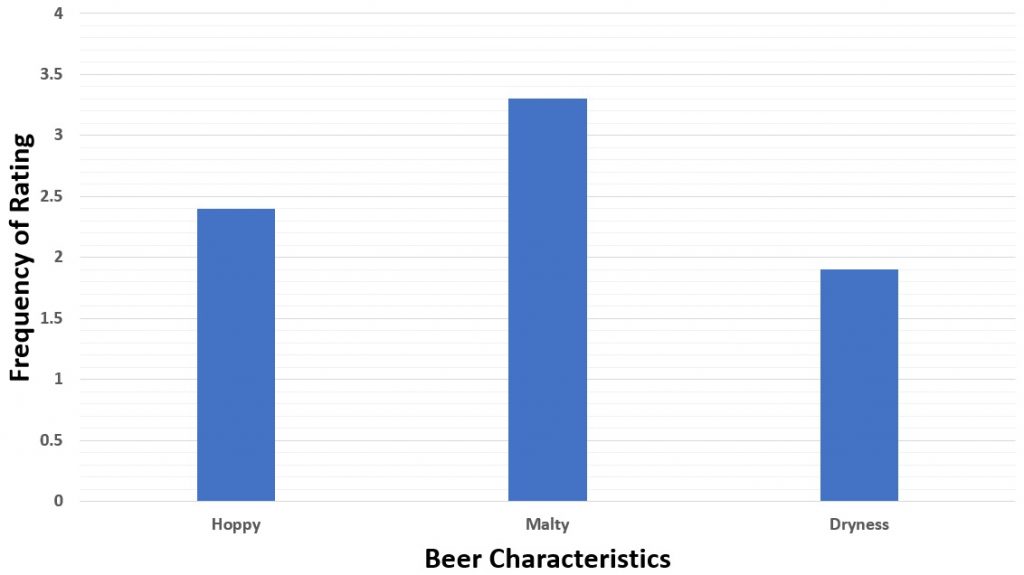
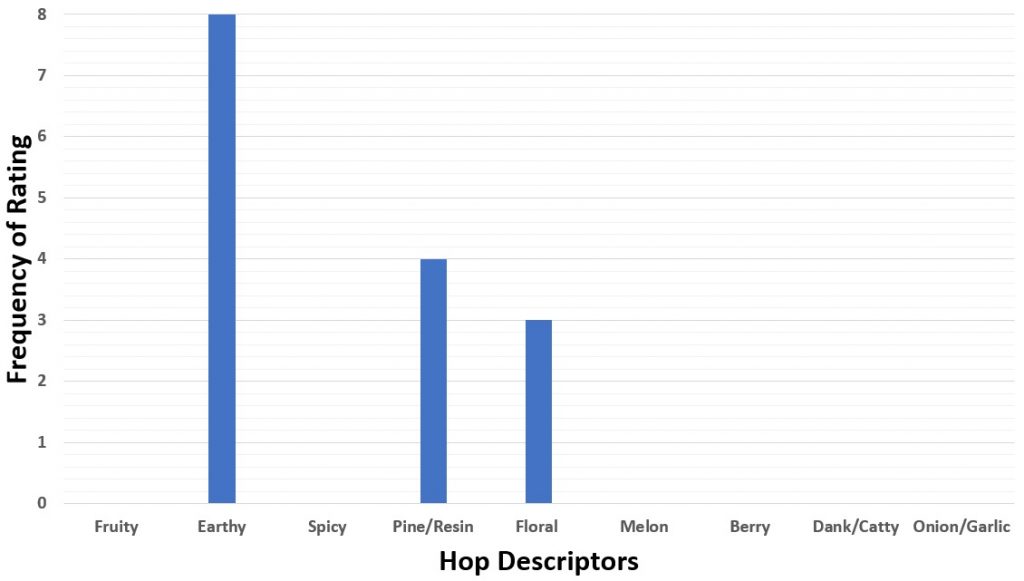
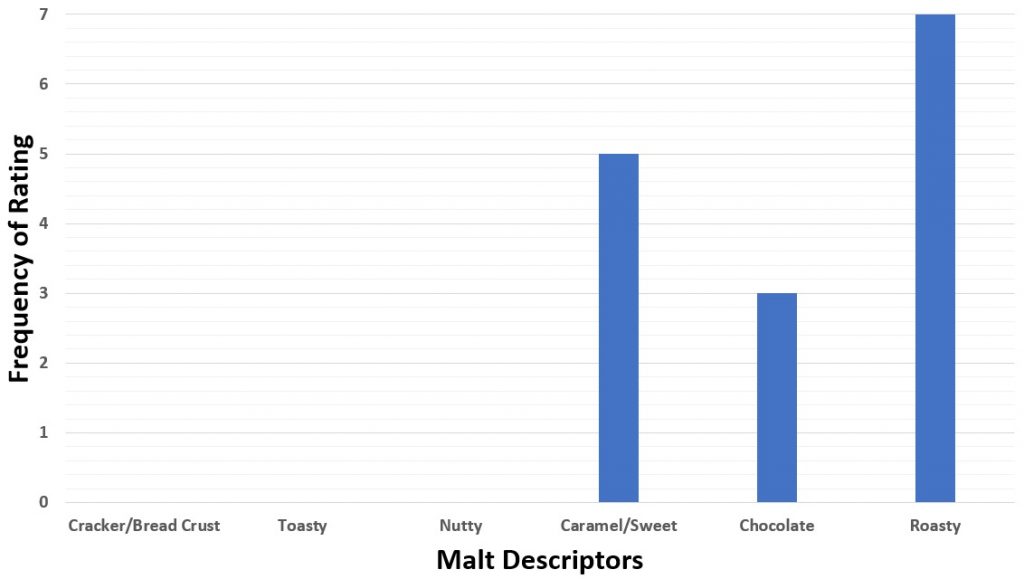
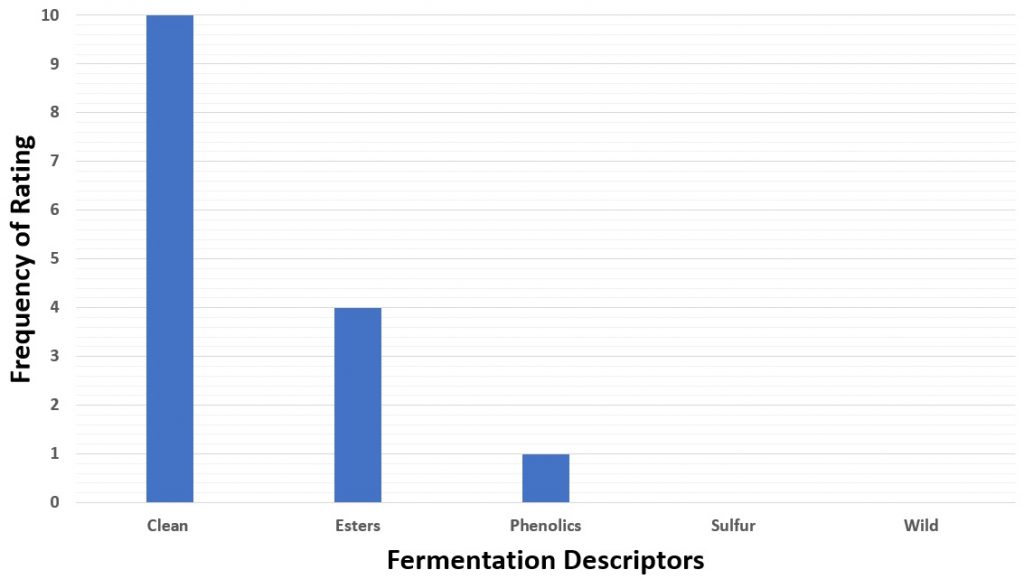
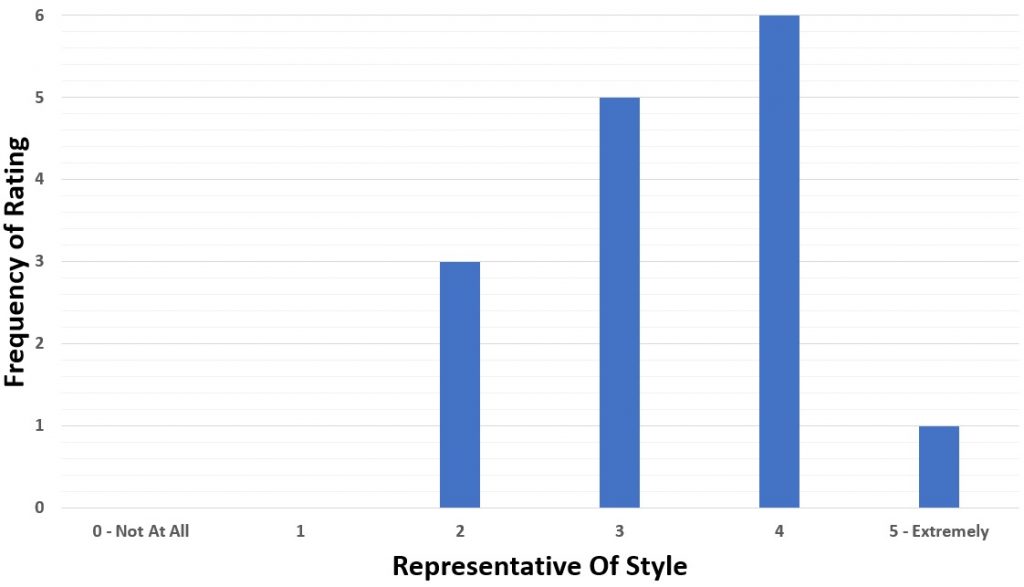
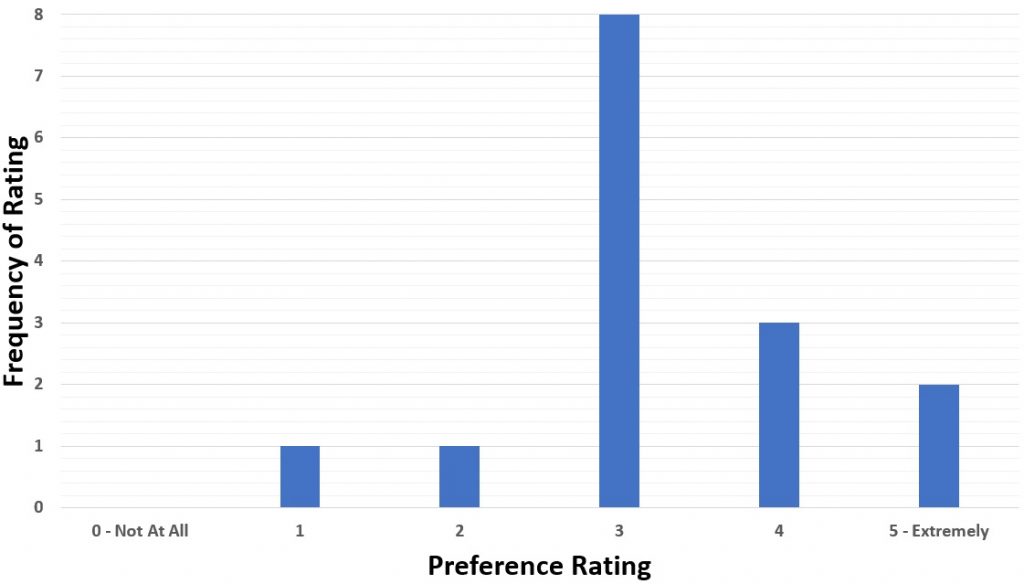
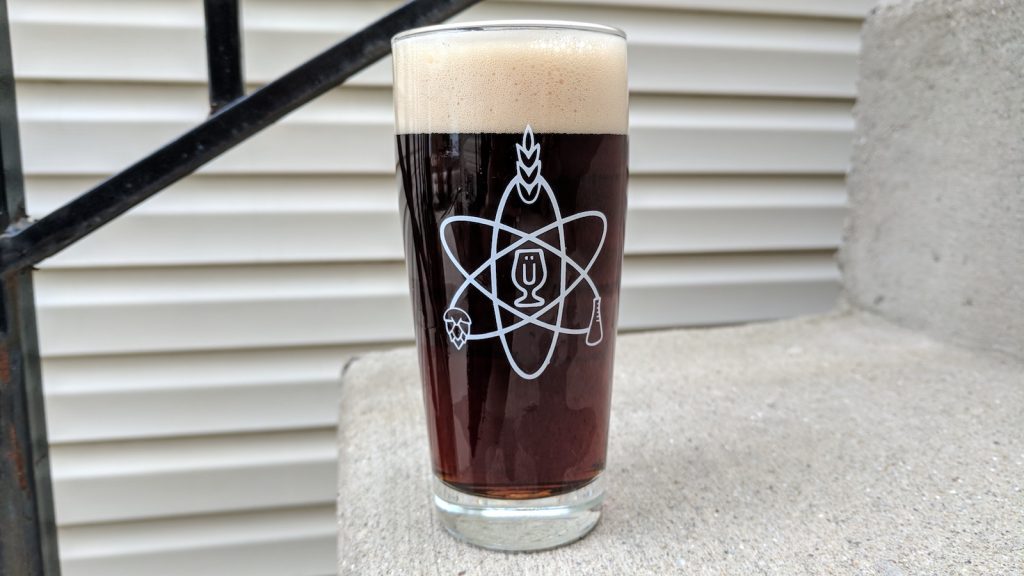
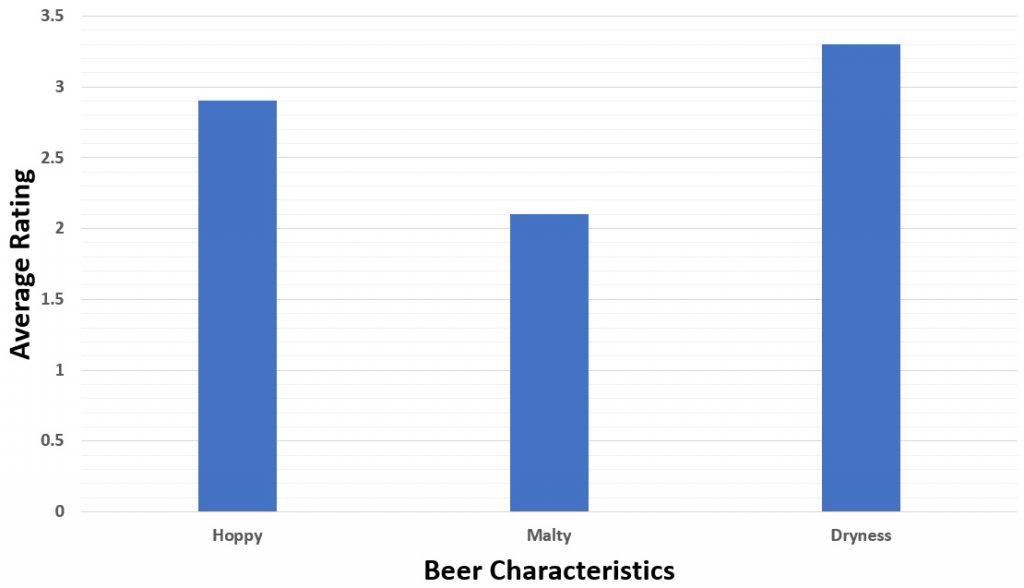
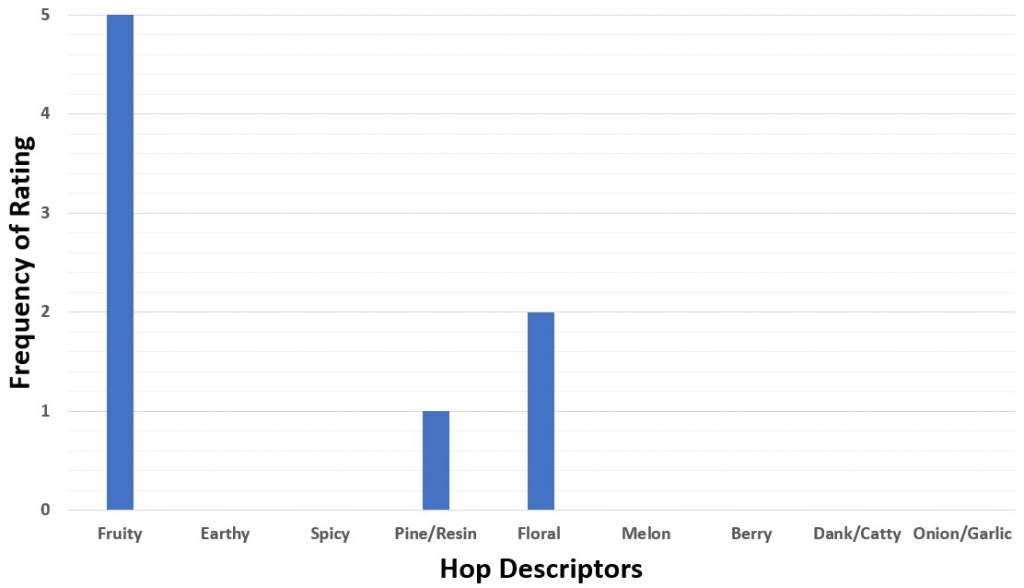
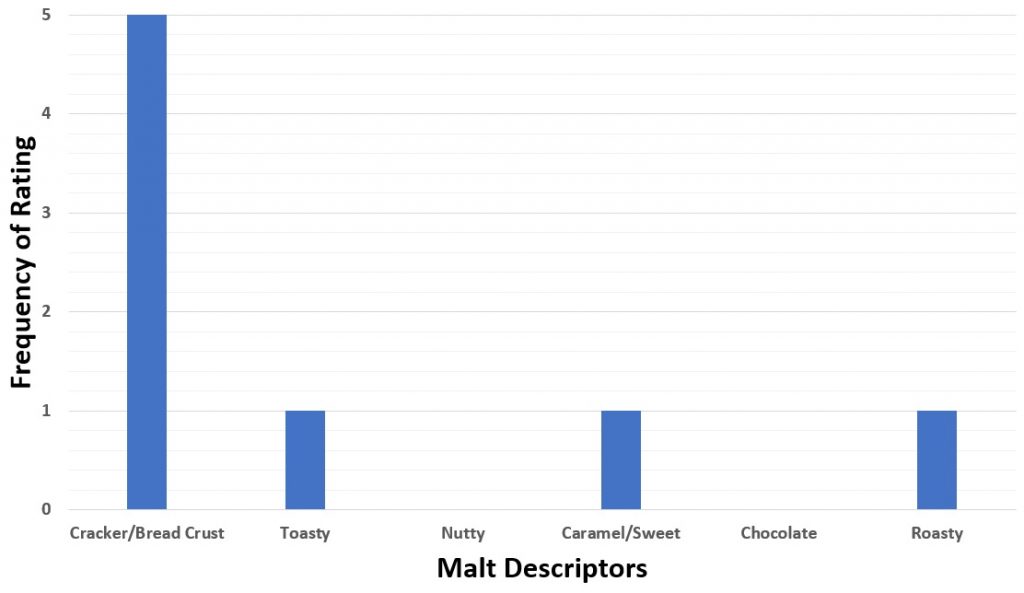
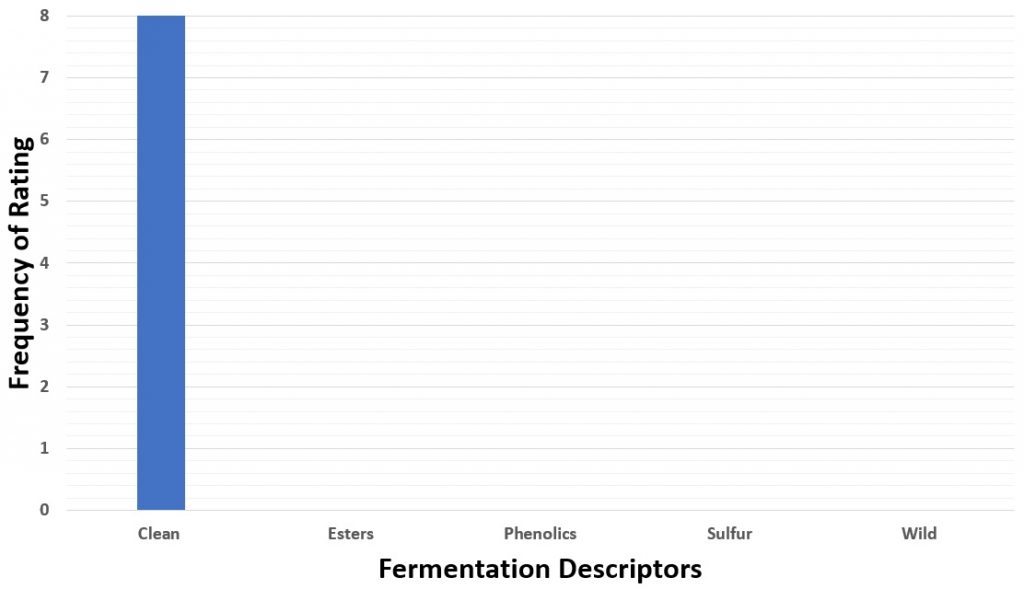
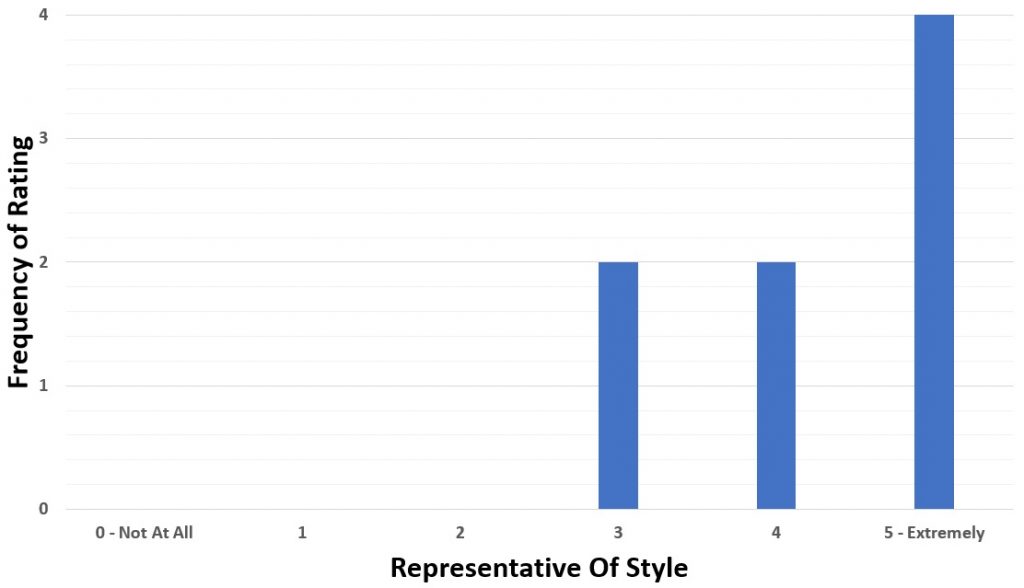
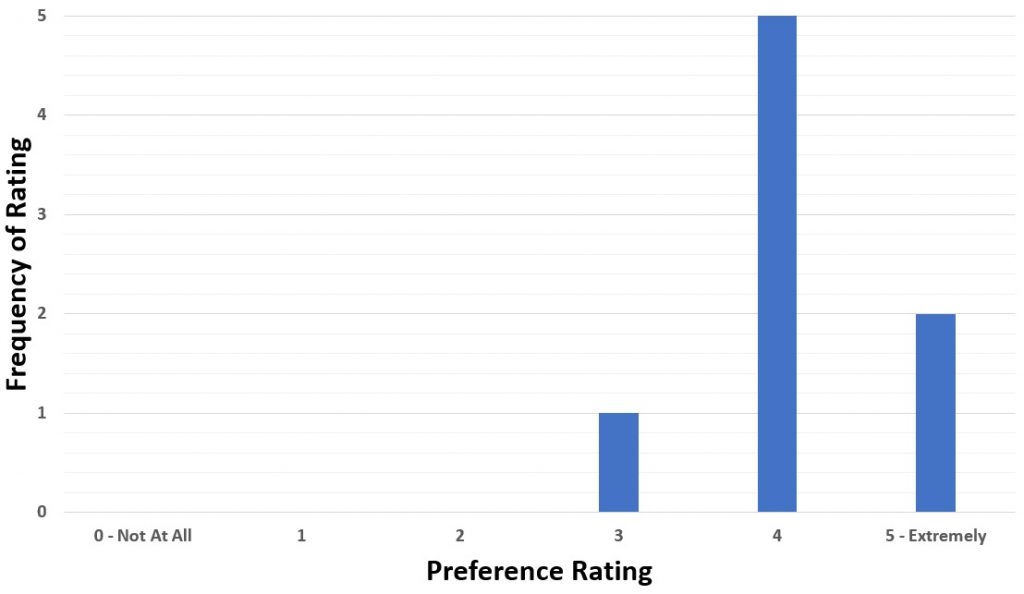
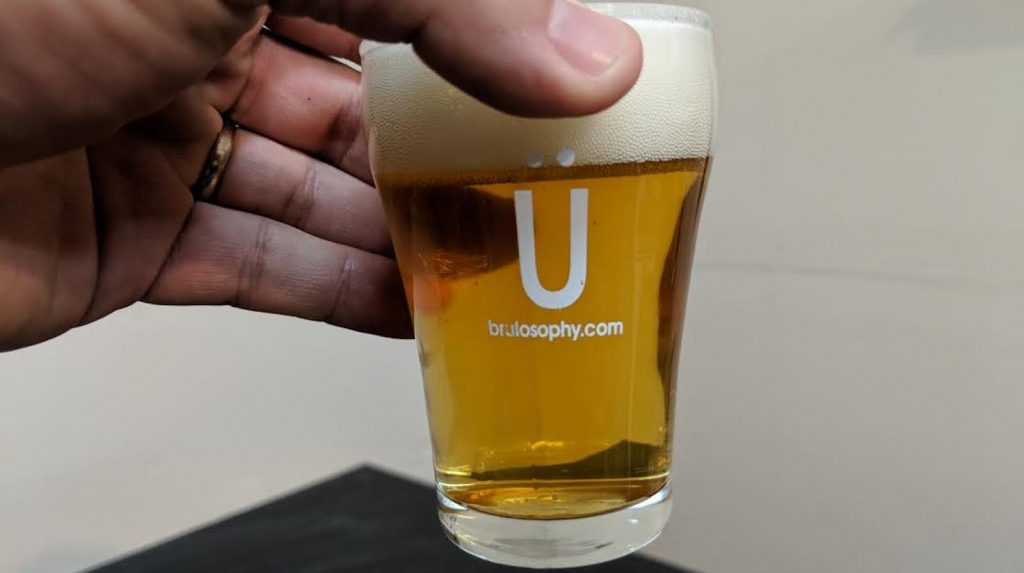
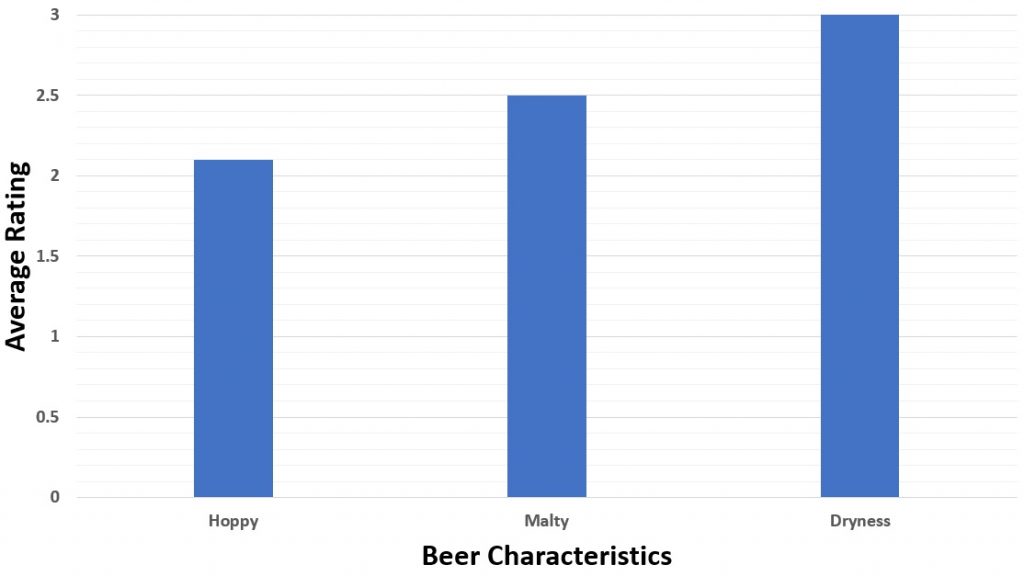
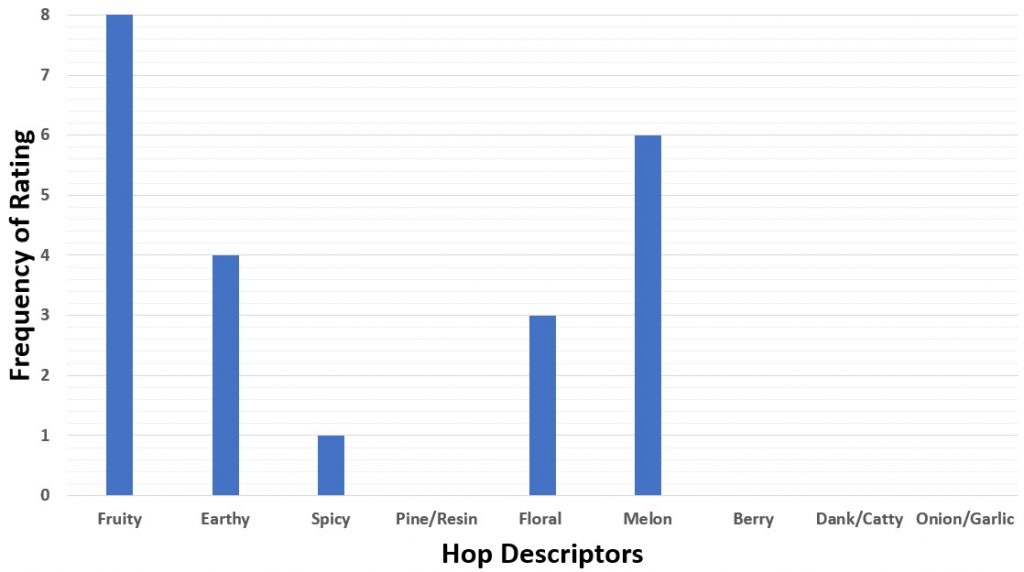
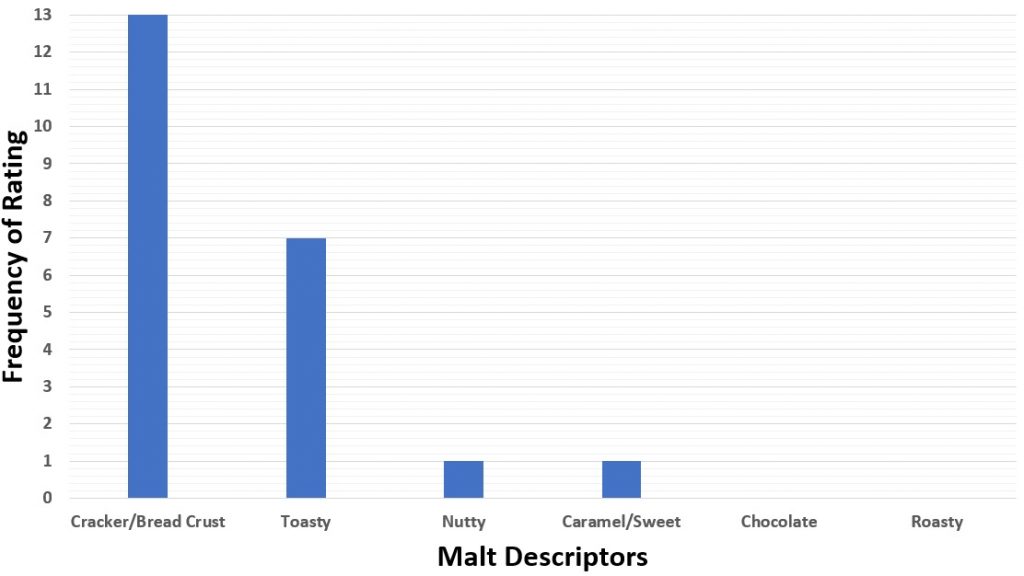
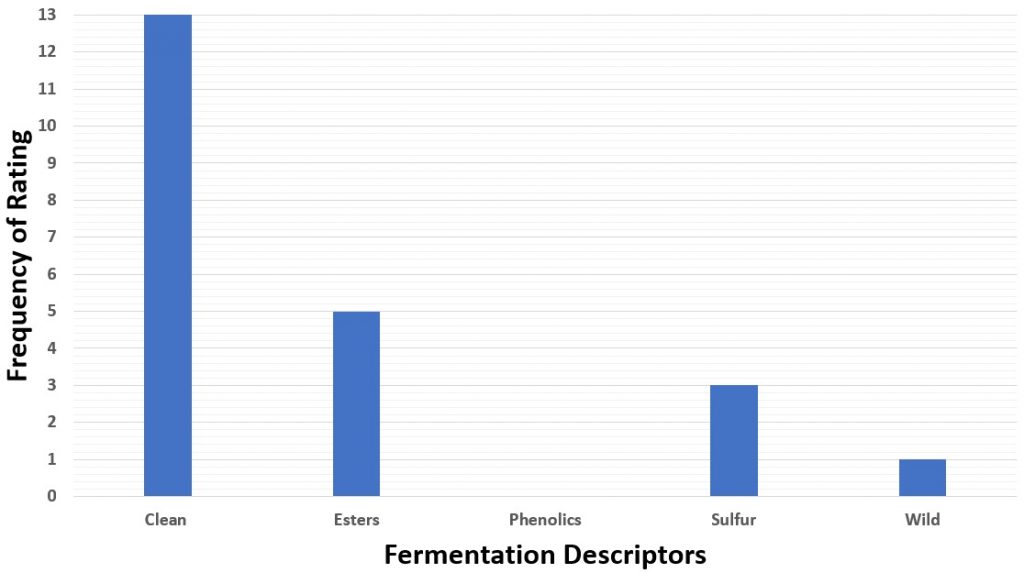
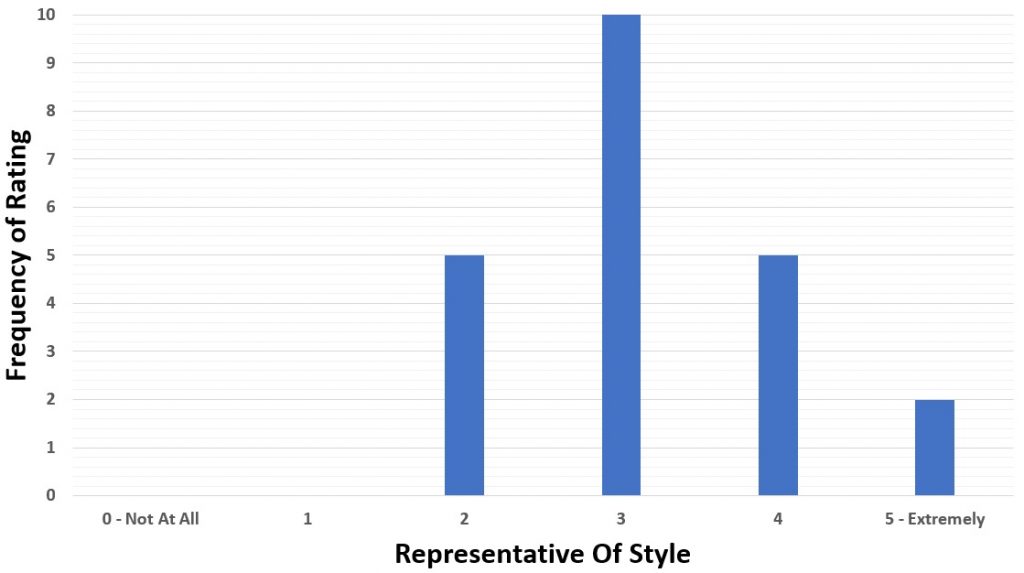
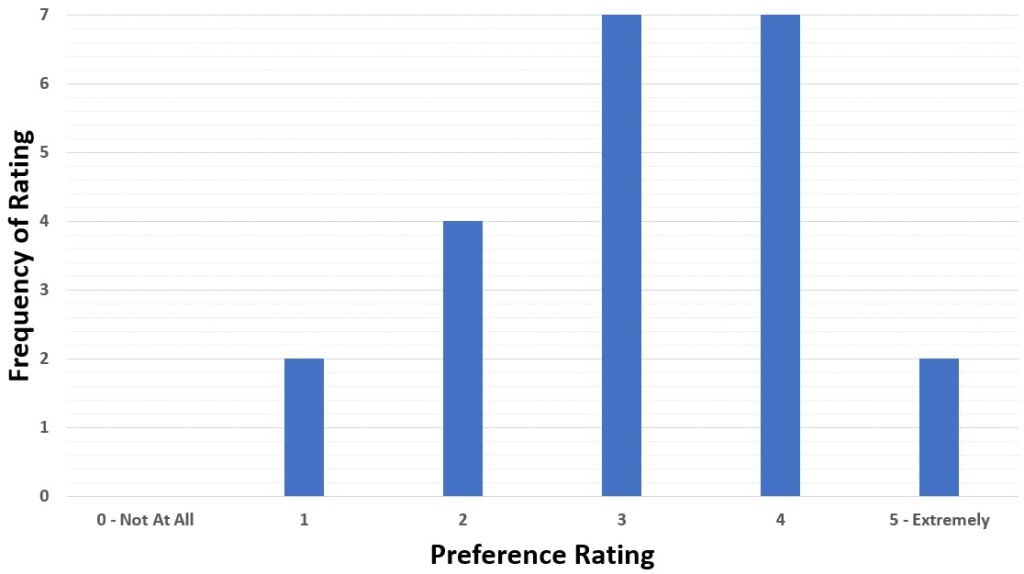
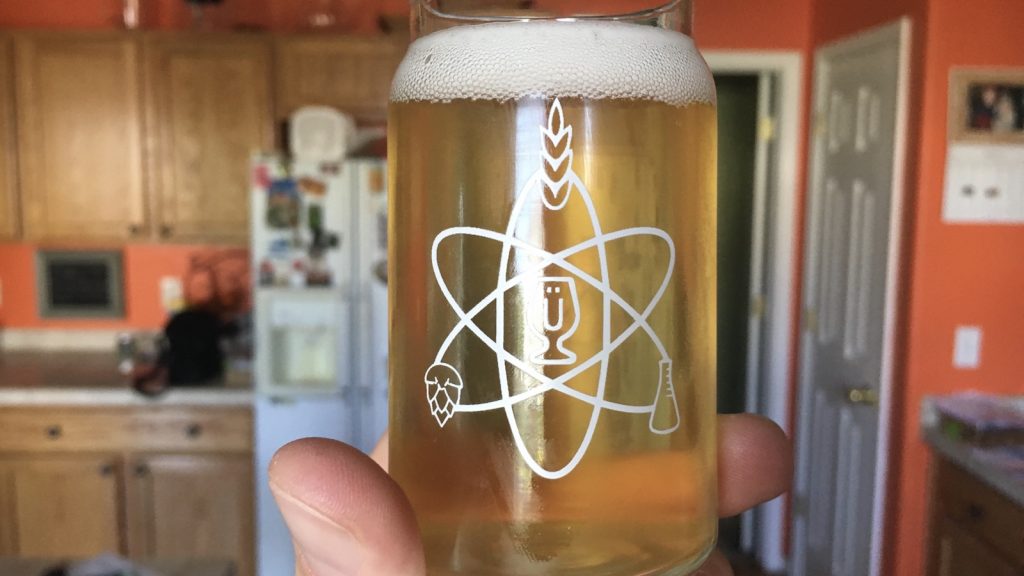

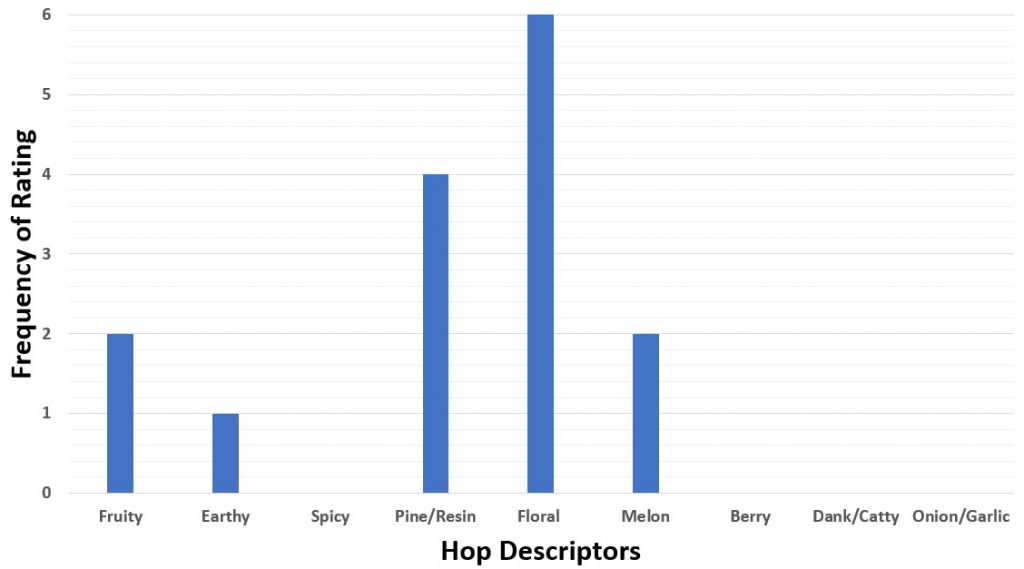
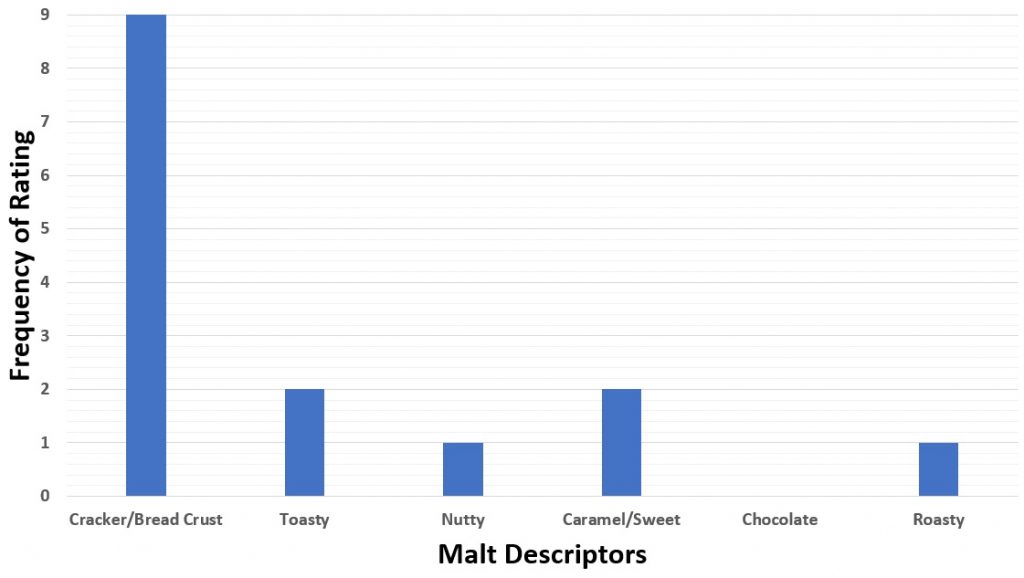
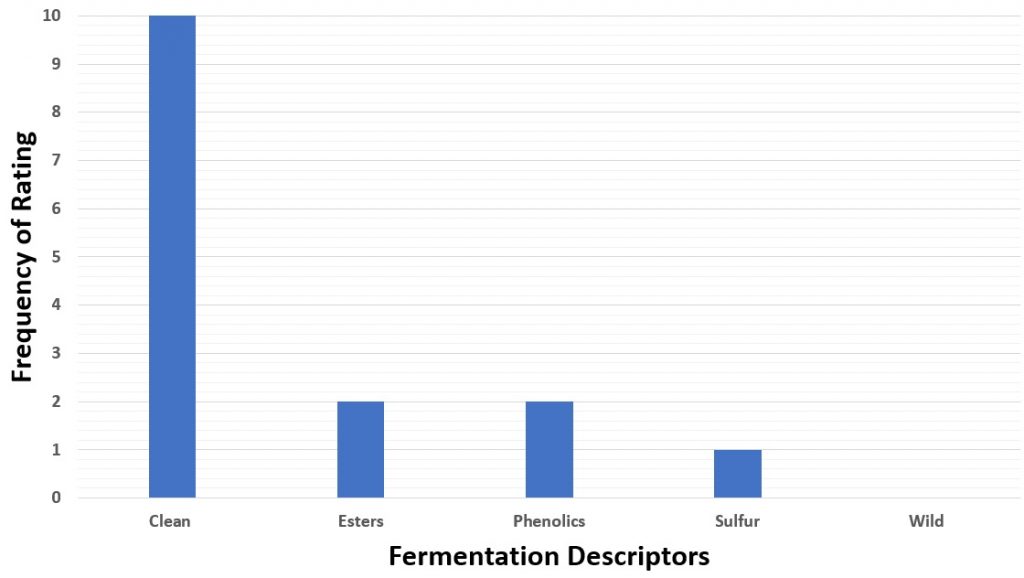
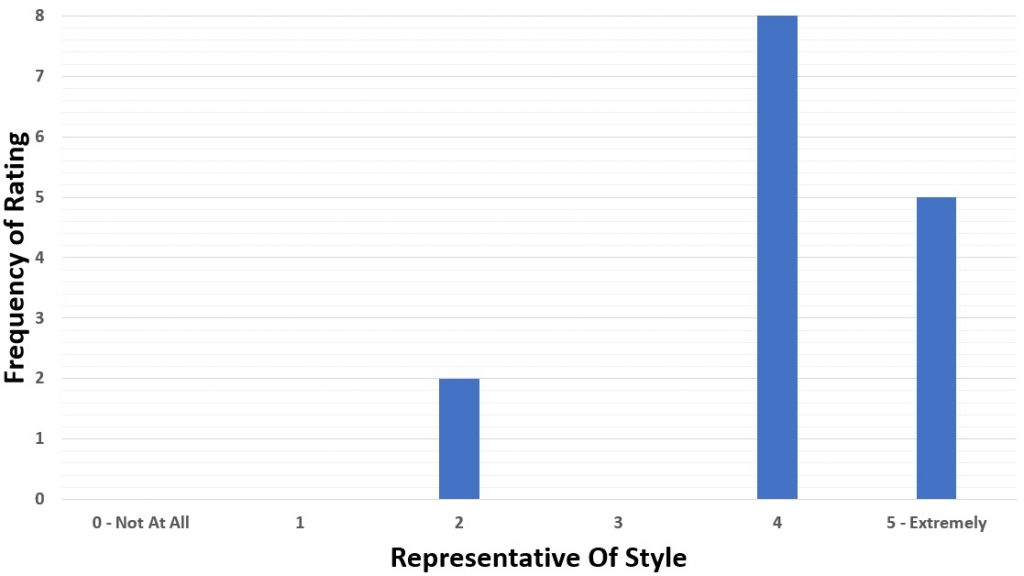
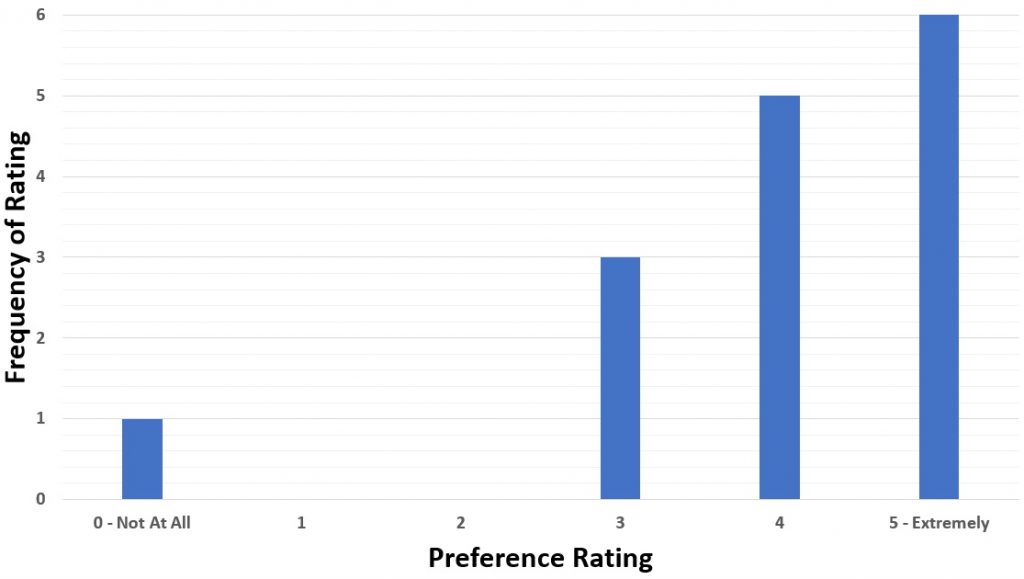
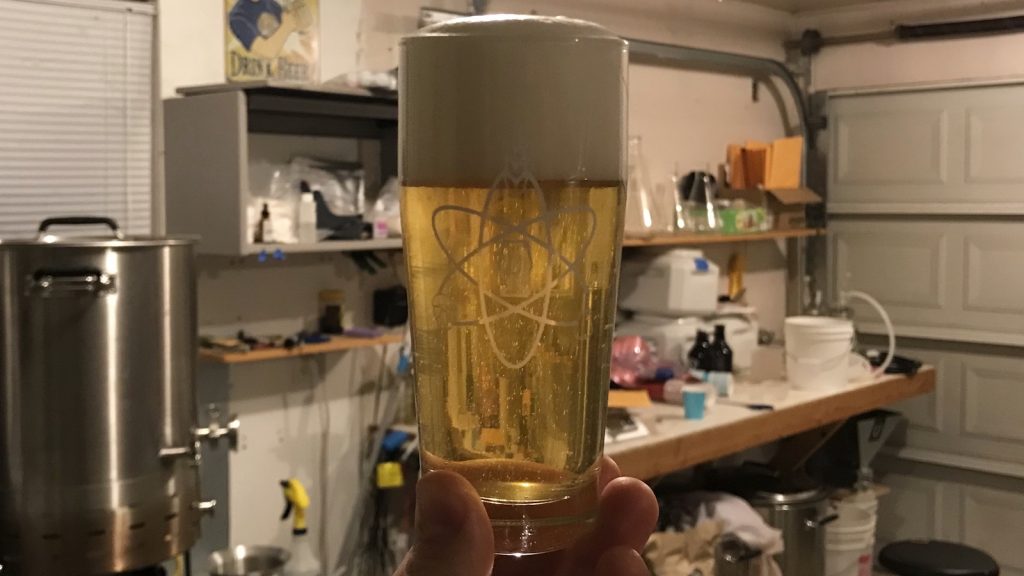
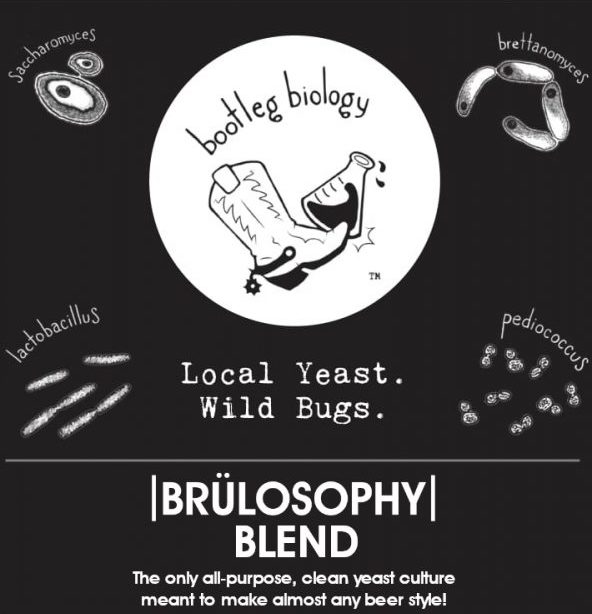










22 thoughts on “Bootleg Biology Brülosophy Blend: Evaluating Its Impact On Various Beer Styles”
So cool! Congrats! It sounds perfect for my Jarrylo Kolsch. I’m ordering!
Really great write up and experiment. I ordered!
Hey Marshall, do you have a article that gives the run down on your process for warm fermenting lagers. Getting ready to do my first Pilsner and figured what the heck, why not. Thanks
Hey! When warm fermenting lagers with traditional lager yeasts, I use a regular old ale fermentation schedule, which can be found here:
https://brulosophy.com/methods/fermentation-schedules/
Basically, 66F for 3-4 days then bump to 72F until finished.
I am all but convinced there is no longer a need for cold fermentation of Lagers. Especially when using 3470. I have pre ordered the brulosophy blend excited to see how it does.
Very cool, I ordered mine! Any chance we can see what temperature each beer was fermented at?
We all ferment our ales between 66-68F, which is what I did for the warm ferment Pilsner. Jake’s cool ferment Pilsner was fermented at 48F.
Awesome, thanks Marshall
Since it’s a yeast blend and not an individual strain, if you overbuild starters with it, will eventually one of the strains in the blend “take over” and become most prominent after multiple generations?
That’s certainly a common hypothesis, though I’ve yet to see any solid evidence suggesting it’s true. I’ll chat with the Bootleg folks about running some experiments on this. Until then, I suppose we’ll all learn from experience!
Sounds good to me!
Yes, yes it will but it will take a while. If you consider two strains x1 and x2 where x1 has a growth rate of 0.35 /h (corresponding to a fairly typical doubling time of 1h), and x2 has a 10% greater growth rate, starting at ratio 1:1.
In that case it would take 66.5h for the x2 to outnumber x1 10:1 (ln(10)/(0.10*(ln(2)/2))), and 133h for x2 to outnumber x1 100:1 (ln(10)/(0.10*(ln(2)/2))). these numbers are only applicable onder good growth conditions such as in a starter, growth rates under typical fermentation would be much slower.
Of course this assumes constant conditions giving a constant growth penalty for x1, n truth this would be dynamic and depend on temperature, pH, oxygenation, stage of fermentation and a host of other factors.
So yes, you can probably build a large starter, save some for another time or even reusing the yeast cake a couple of times.
It’s amazing when I think about how far this site/project has come over the last few years. I remember following the first great exbeeriment in one of the forums, then eventually awaiting each new article/experiment, now you have a proprietary yeast blend being made for you! Well, for me too, I’m gonna buy some.
I would suggest changing the big link/banner to open in a new tab though, I was halfway through writing this when I clicked the link to go order, so I had to start over. Extra typing! Nooooooooooo…..
The tasters who got Melon from the two Pilsners may not be crazy. Until a recent move, I lived near Alvarado Street (and Sante Adairius), where the brewers were willing to share tips with their customers who home brew. Alvarado Street believed that they could manipulate “juicy” flavors with yeast choices as easily as by their hop choices.
Adding Sacch Tois to London Ale III does change how a Citra SMASH tastes, for instance. (A non-triangulated assertion, which I found to be true.) If your yeast blend does works like that, it wouldn’t be surprising that it was more obvious in the Pilsners.
Bummer, they are already out of this yeast at Bootleg? Is this going to be a stock yeast?
It’ll be seasonal!
Min shipped today, YES
Just Pitches some Brülosophy blend into a German Pilsner. Tryin the warm ferment approach for the first time. Super excited.
My only concern so far has to do with the packaging not the yeast quality itself. Compared to Imperial yeast ( yeast supplier of choice) the packaging seems stiff and hard to get all the yeast out of. I did shake it up a bit in hopes to free any yeast from the side of the packaging before opening but it didn’t seem to help much. Just wanted to share my experience so far.
I just kegged an IPA fermented with this blend. Attenuated 80%, tastes a little hoppier than prior versions. I made a split batch and pitched US05 in the other fermenter. I’ll compare them when they are carbed.
Both on tap now. My club and I found them similar, some members perceive the BBB Blend drier, some found the 05 hoppier. I am very happy with the blend.
Second time using this yeast(harvested from overbuild on first use) and I am getting big sulfur aromas a week into fermentation. Anyone else get this? Pitched 250b in a 1.050 amber ale recipe, 66 degrees ferm
Totally common! And totally not a big deal, the sulfur will blow off toward the tail end of fermentation.